The company has already pledged to phase out all internal-combustion models by 2033.
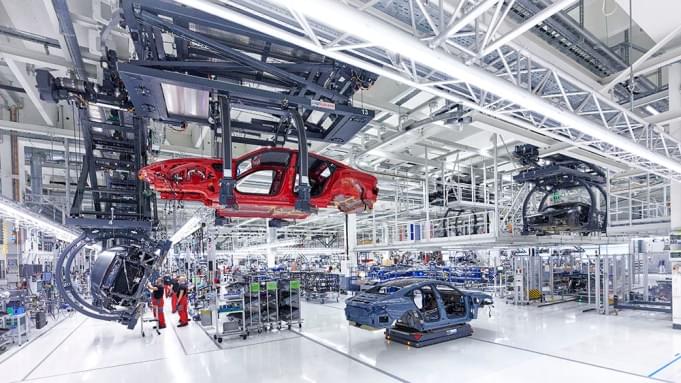


One of the most startling scientific discoveries of recent decades is that physics appears to be fine-tuned for life. This means that for life to be possible, certain numbers in physics had to fall within a certain, very narrow range.
One of the examples of fine-tuning which has most baffled physicists is the strength of dark energy, the force that powers the accelerating expansion of the universe.
If that force had been just a little stronger, matter couldn’t clump together. No two particles would have ever combined, meaning no stars, planets, or any kind of structural complexity, and therefore no life.
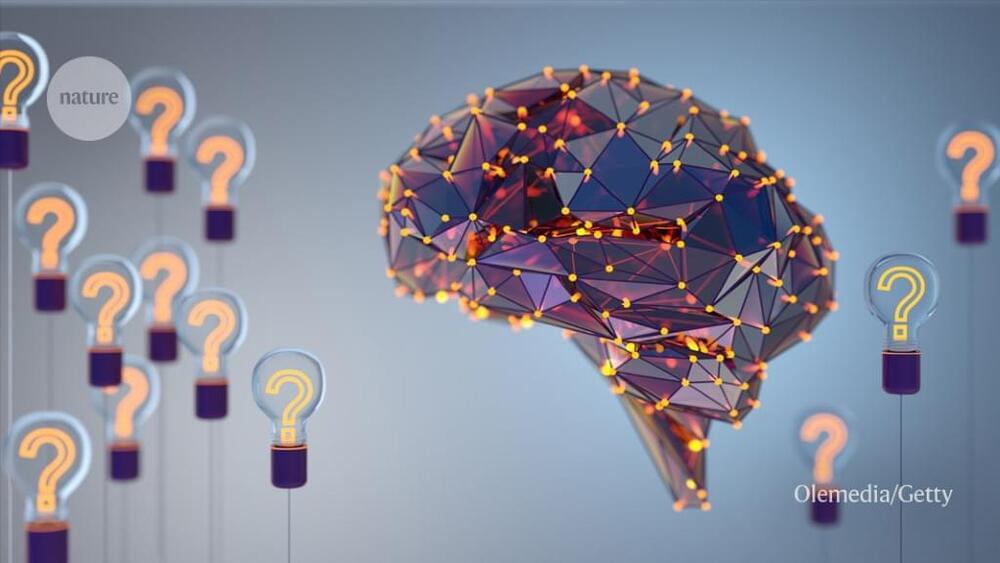
In early October, as the Nobel Foundation announced the recipients of this year’s Nobel prizes, a group of researchers, including a previous laureate, met in Stockholm to discuss how artificial intelligence (AI) might have an increasingly creative role in the scientific process. The workshop, led in part by Hiroaki Kitano, a biologist and chief executive of Sony AI in Tokyo, considered creating prizes for AIs and AI–human collaborations that produce world-class science. Two years earlier, Kitano proposed the Nobel Turing Challenge1: the creation of highly autonomous systems (‘AI scientists’) with the potential to make Nobel-worthy discoveries by 2050.
It’s easy to imagine that AI could perform some of the necessary steps in scientific discovery. Researchers already use it to search the literature, automate data collection, run statistical analyses and even draft parts of papers. Generating hypotheses — a task that typically requires a creative spark to ask interesting and important questions — poses a more complex challenge. For Sendhil Mullainathan, an economist at the University of Chicago Booth School of Business in Illinois, “it’s probably been the single most exhilarating kind of research I’ve ever done in my life”
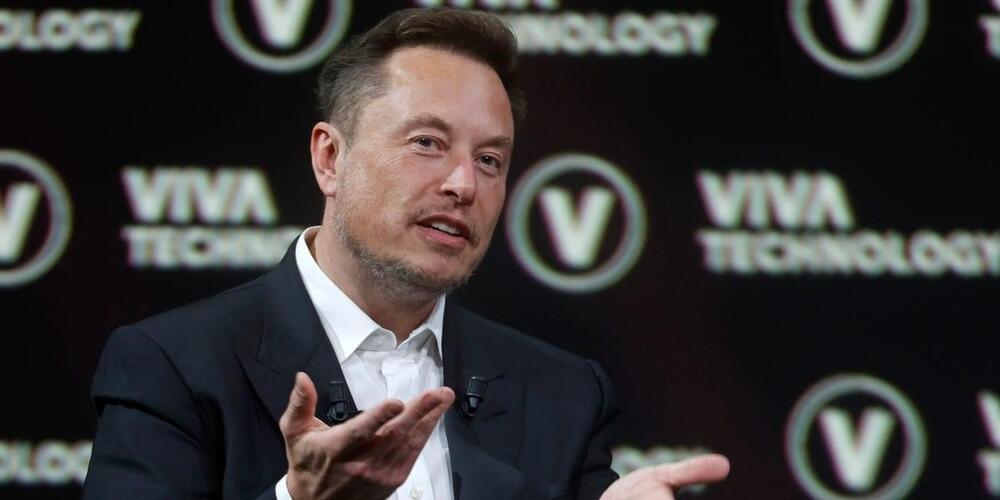
Elon Musk said that the potential danger of AI is so great that OpenAI, the most powerful artificial intelligence company in the world right now, should disclose the reason it fired CEO Sam Altman. OpenAI announced Altman’s firing on Friday, saying only that the company, which makes ChatGPT, “no longer has confidence in his ability to continue leading.”
Musk, responding to a post on X from former Yammer CEO David Sacks, said that “given the risk and power of advanced AI, the public should be informed of why the board felt they had to take such a drastic decision.”
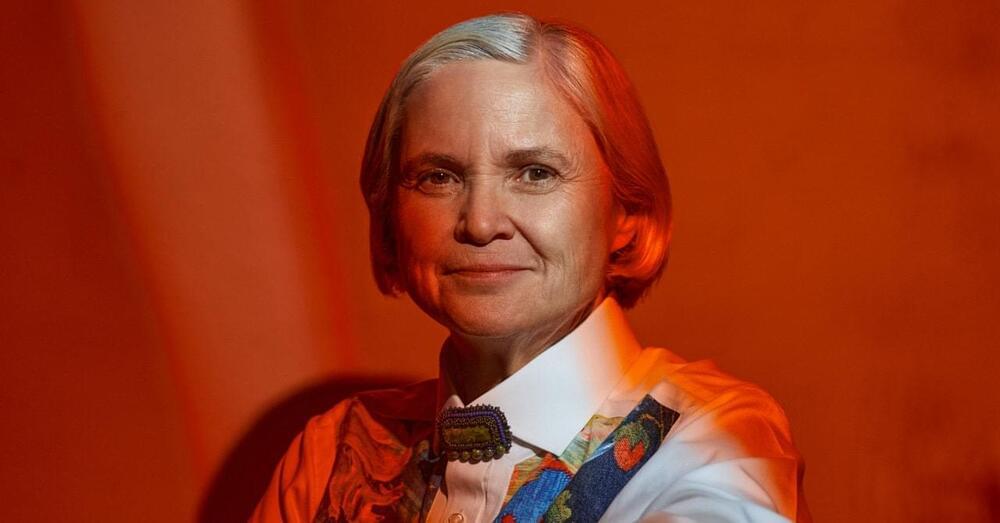

While the chemistry is different from traditional lithium-ion batteries, it’s part of a power pack with big advantages, including greater energy storage (estimated at up to 15 times that of lithium-ion) in relation to mass, a metric referred to as energy density.
Other perks include easy recyclability, being planet-friendly, and being cost-effective, per the ET report, which was written with benefits to the Indian market in mind.
“It is a long-range, budget-friendly, lightweight, and recyclable source of energy that can arguably be a saviour in the EV market,” Kriti Saraiya wrote for ET.
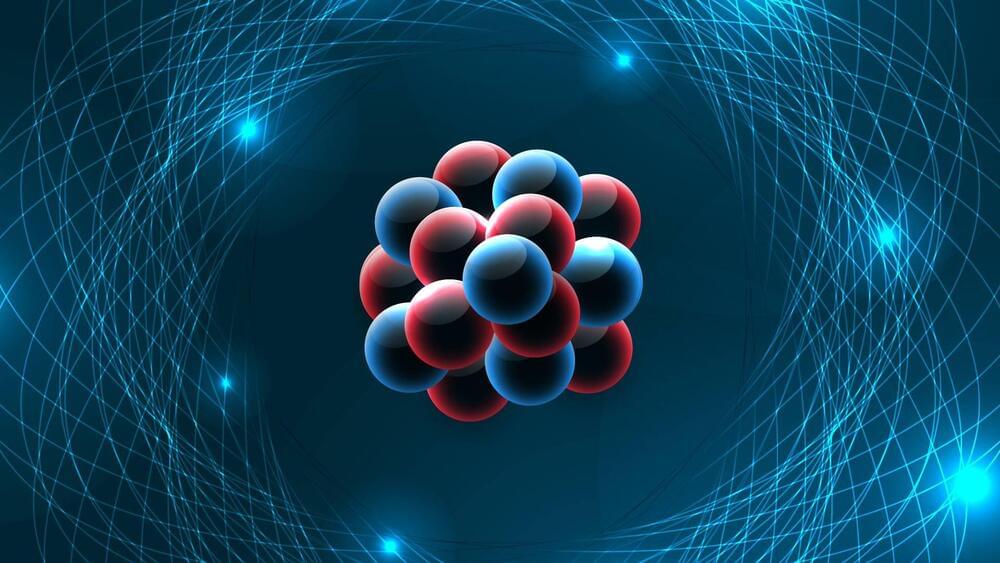
Adisonpk/iStock.
Graphene’s atomically thin structure makes it impenetrable to a variety of elements, including protons. However, graphene’s edges, flaws, and functionalization can open up channels for proton diffusion. Temperature, humidity, and the existence of functional groups are some of the variables that affect the flow of protons in graphene.
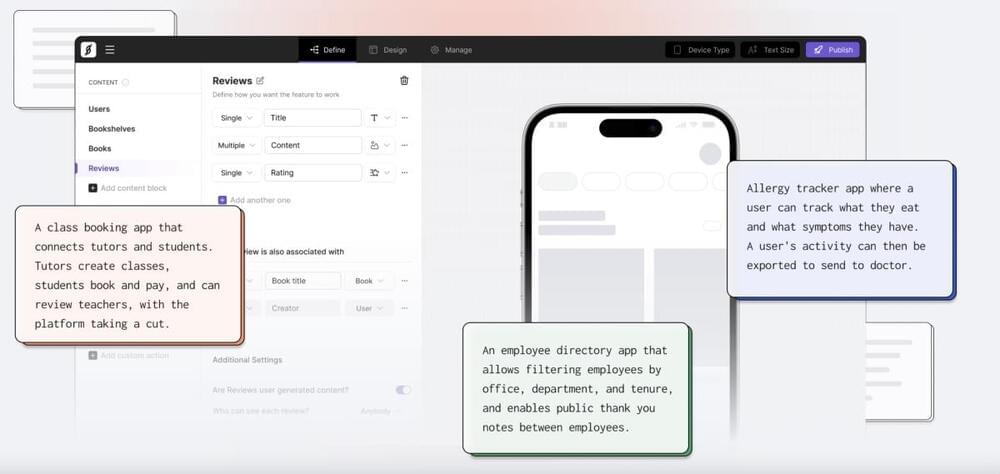
AI is already transforming the way we search, gather information, create, code, decipher data and more, and now it may democratize the process of building an app, too. A new AI-powered startup called Sutro promises the ability to build entire production-ready apps — including those for web, iOS and Android — in a matter of minutes, with no coding experience required.
The idea is to allow founders to focus on their unique ideas by leaning on Sutro to automate other aspects of app building, including the necessary AI expertise, product management and design, hosting, use of domain-specific languages, compiling and scaling.
The company was founded in late 2021 by Tomas Halgas, who sold his previous startup, the group chat app Sphere, to Twitter, alongside former Google and Facebook Product Manager Owen Campbell-Moore. The two have taken turns running the company, with Campbell-Moore at the head while Halgas worked at Twitter in its chaotic days leading up to Elon Musk’s takeover. Now, with Halgas having departed Twitter, he’s acting as CEO as Campbell-Moore has shifted to a day job at OpenAI.
Baby shark Jesus is born yet again face_with_colon_three
What if the song “Baby Shark” stopped after just two stanzas?
For non-fans of the catchy tune, that might sound like a dream. For a real-life Mommy Shark in Illinois, it’s reality: She produced a baby without a Daddy Shark.
The epaulette shark pup hatched this summer at Brookfield Zoo, just west of Chicago. Its mother has been at the zoo since 2019; in that time, she’s never shared a tank with a male.
But the catastrophe will not be limited to those two belligerents and their allies.
The long-term regional and global effects of nuclear explosions have been overshadowed in public discussions by the horrific, obvious, local consequences of nuclear explosions. Military planners have also focused on the short-term effects of nuclear explosions because they are tasked with estimating the capabilities of nuclear forces on civilian and military targets. Blast, local radiation fallout, and electromagnetic pulse (an intense burst of radio waves that can damage electronic equipment) are all desired outcomes of the use of nuclear weapons—from a military perspective.
But widespread fires and other global climatic changes resulting from many nuclear explosions may not be accounted for in war plans and nuclear doctrines. These collateral effects are difficult to predict; assessing them requires scientific knowledge that most military planners don’t possess or take into account. Yet, in the few years following a nuclear war, such collateral damage may be responsible for the death of more than half of the human population on Earth.